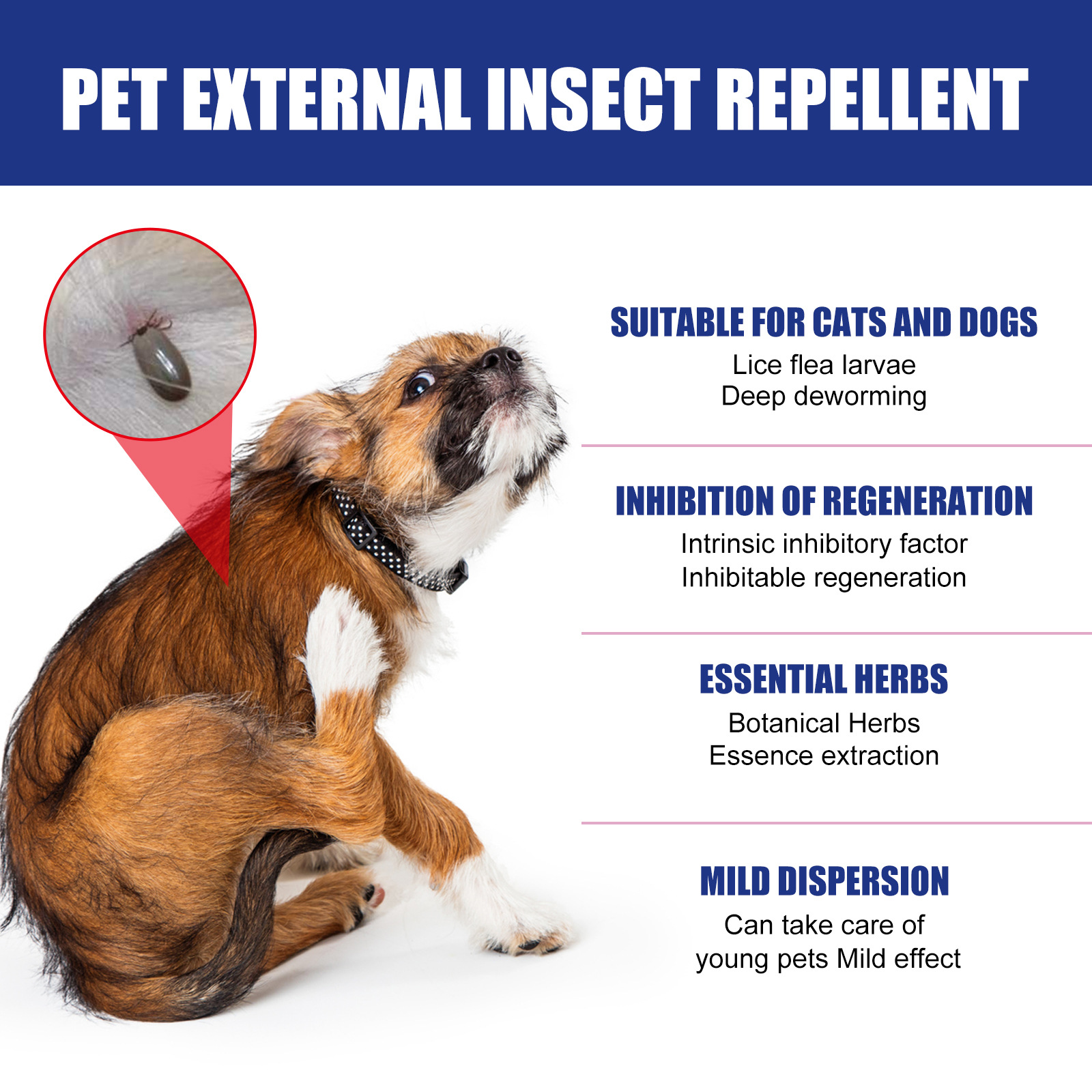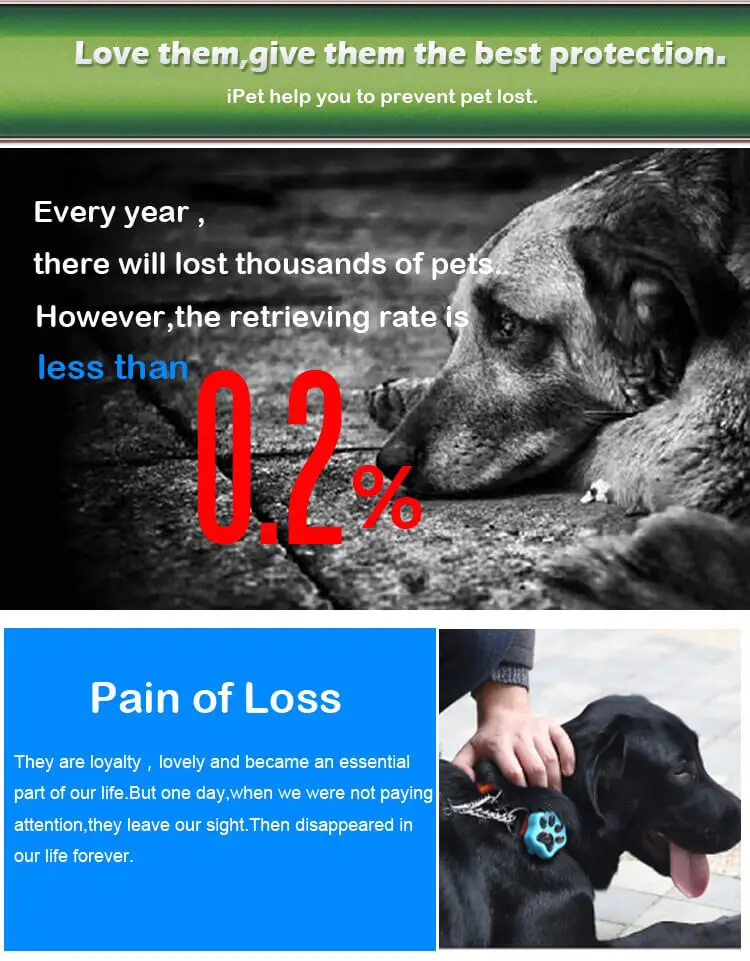"Is Pete Plastic Safe? Understanding the Safety of PET and Its Impact on Health"
Guide or Summary:What is PET Plastic?Uses of PET PlasticIs PET Plastic Safe for Food and Beverage Use?Potential Health Risks Associated with PETBest Practic……
Guide or Summary:
- What is PET Plastic?
- Uses of PET Plastic
- Is PET Plastic Safe for Food and Beverage Use?
- Potential Health Risks Associated with PET
- Best Practices for Using PET Products
#### Introduction
In recent years, the question of "Is Pete plastic safe?" has gained significant attention among consumers and health-conscious individuals. PET, or polyethylene terephthalate, is a common type of plastic used in various products, particularly in food and beverage packaging. This article delves into the safety of PET plastic, its uses, potential health risks, and best practices for consumers.
#### What is PET Plastic?
What is PET Plastic?
Polyethylene terephthalate (PET) is a thermoplastic polymer that is widely used for making containers, bottles, and synthetic fibers. It is known for its strength, lightweight nature, and resistance to impact and moisture. PET is often identified by the recycling code "1," which is commonly found at the bottom of plastic containers.
#### Uses of PET Plastic
Uses of PET Plastic
PET plastic is predominantly used in the packaging industry. It is the material of choice for soft drink bottles, water containers, and food packaging due to its ability to preserve freshness and prevent spoilage. Additionally, PET is also used in textiles, automotive parts, and even in the manufacturing of some medical devices.

#### Is PET Plastic Safe for Food and Beverage Use?
Is PET Plastic Safe for Food and Beverage Use?
One of the primary concerns regarding PET plastic is its safety when used for food and beverage packaging. Regulatory bodies, including the U.S. Food and Drug Administration (FDA), have approved PET as safe for food contact. Studies have shown that PET does not leach harmful chemicals into food or beverages under normal conditions of use.
However, it is essential to consider the conditions under which PET products are used. For example, exposing PET containers to high temperatures, such as leaving them in a hot car or microwaving them, can lead to potential degradation of the plastic and possible leaching of substances. Therefore, it is advisable to use PET containers as intended and avoid exposing them to extreme heat.
#### Potential Health Risks Associated with PET
Potential Health Risks Associated with PET
While PET is generally considered safe, some concerns have been raised about its long-term use and the potential for chemical leaching. One of the substances of concern is antimony, a metalloid used as a catalyst in the production of PET. Although the levels of antimony found in PET containers are typically below established safety limits, prolonged exposure to high temperatures or repeated use of PET bottles may increase the risk of leaching.

Additionally, there is ongoing research into the effects of microplastics, which can result from the breakdown of PET products. While current evidence does not conclusively link microplastic exposure to significant health risks, it remains an area of active investigation.
#### Best Practices for Using PET Products
Best Practices for Using PET Products
To minimize any potential risks associated with PET plastic, consumers should follow these best practices:
1. **Avoid Heat Exposure:** Do not leave PET bottles in hot environments, such as cars or direct sunlight. Heat can cause the plastic to break down and increase the likelihood of leaching.
2. **Single-Use vs. Reusable:** While many PET products are designed for single use, if you choose to reuse PET bottles, ensure they are thoroughly cleaned and not subjected to high temperatures.

3. **Check for Damage:** Inspect PET containers for signs of wear or damage, such as cracks or cloudiness. If a container appears damaged, it is best to dispose of it.
4. **Recycling:** Always recycle PET products according to local guidelines to reduce environmental impact and promote sustainability.
#### Conclusion
In summary, the question "Is Pete plastic safe?" can be answered with a general consensus that PET is safe for food and beverage use when handled correctly. However, consumers should remain informed about the proper use and potential risks associated with PET plastic. By following best practices, individuals can enjoy the benefits of PET products while minimizing any health concerns. As research continues to evolve, staying educated about the materials we use is crucial for our health and the environment.